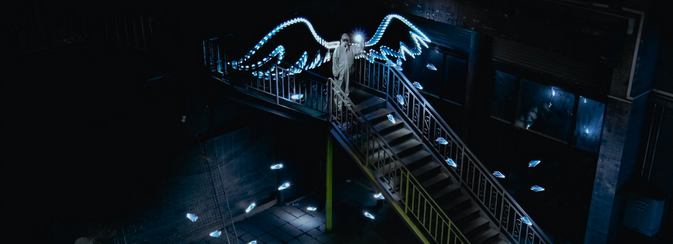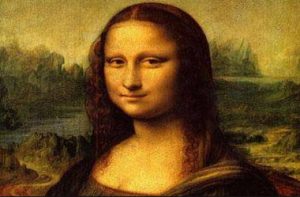
The prolonged intelligence of our species has continuously been in-question by researchers, often pondering when humanity transferred from Neanderthal to Homo Sapiens. New evidence regarding that date has been found in South Africa’s Border Cave, an archaeological site that’s uncovered numerous artefacts about humanities history. Located between the KwaZulu-Natal & eSwatini Cliffs, researchers discovered evidence of grass beddings used 200+ thousand years ago. This bedding would’ve been created to increase housing conditions for ancient humans & better sleeping habits.
Researchers identified the ancient grass beddings by using “High Magnification & Chemical Compound Characterisations”. This method was possible after locating silicified grass, meaning that shaved grass was covered by silica in the ancient caves. The material was able to survive multiple millennia’s & epochs from the silicified process. Researchers took the silicified grass back to the Royal Institute of Cultural Heritage, University Cote d’Azur, and Instituto Superior de Estudios Sociales. All three institutions found the same conclusions that ancient humans had layered shaved grass into a bedding fashion. These beds were located towards the back end of the KwaZulu-Natal & eSwatini Cliffs, allowing for layers of ash to protect ancient humanity from being attacked by insects.
Details Revealed
The Principal Research & Lead Author of these findings, Professor Lyn Wadley, provided clarification onto their data via research papers. She’d evoke that their research is speculation & cannot be officially confirmed because of deterioration at the caves over 200+ thousand years. The research paper indicated that this bedding worked as insulation, provided another level of repellent for crawling insects. It appears that ancient humanity built their comfort around other species living amongst them, ensuring their protection in dark corners of South Africa’s plains.
Details indicate that foundations of ash were used before shaved grass was layered. Evidence also shows that when grass began decaying, ancient Homo Sapiens would burn the grass & spread the material throughout their cave. This would assist in destroying pests, as it’d limit the food available for them within that cave.
Lyn Wadley noted that this shows 200+ thousand years ago, ancient Homo Sapiens were producing fire willing without any challenges. This fire would work in correlation with ash & medicinal herbs, creating limited health benefits in the ancient world. This new research sheds light into humanity used to live.



